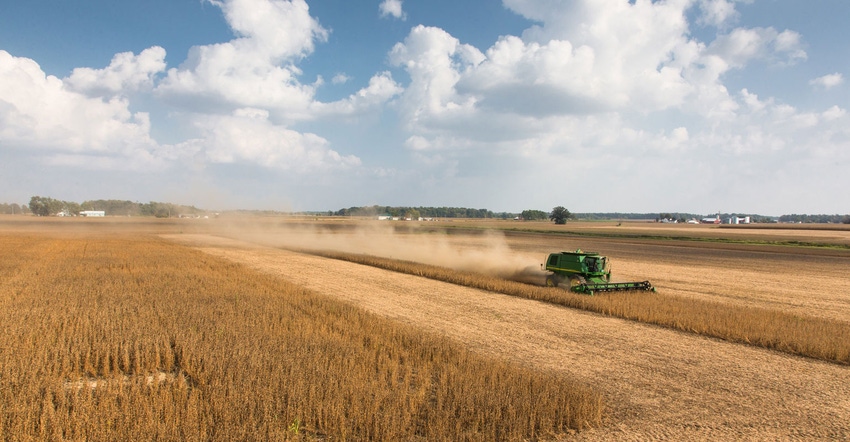November 1, 2017

Sponsored Content
When one thinks of an innovative farmer, the immediate images that come to mind are drones, field sensors, apps and screens with dozens of layered field maps.
Next to mind are new agronomic traits that put a cutting-edge farmer a step ahead of pests and disease.
But perhaps the most important technology a farmer can adopt is an innovation for his customers. Especially customers who are willing to pay a premium for it.
One such technology is high oleic soybeans, developed by seed leaders DuPont Pioneer and Monsanto in an effort to take back the 4 billion pounds of soybean demand lost to canola and other crops.
High oleic soybeans produce an oil free of trans fats. The demand from food manufacturers and restaurants is high enough that processors are willing to pay a premium to farmers who grow it. Premiums vary by region, but average around 45 cents per bushel.
“Not every region has the chance to grow high oleic soybeans,” says J.D. Nidlinger, a sixth-generation soybean farmer in Northeast Indiana and Northwest Ohio. “We do in our area, and we feel fortunate. It’s a chance for us to be on the forefront, growing something that’s new and making a profit from it.
“Technology is already a big part of our operation because it provides our customers what they want – a good quality product produced in an environmentally sustainable manner. Now, we’re growing high oleic soybeans for the same reason. It is a product that is exactly what our customers want, and that is why they are paying us a premium to do it.”
And just like any innovative technology, it provides Nidlinger with performance advantages as well. “It turns out our high oleic soybeans are some of our best performing varieties,” he adds. “We’re really excited about the yields, and we’re getting new varieties available to us each year.”
Perhaps most important to Nidlinger is how his high oleic soybeans easily fit into his operation’s existing sustainable practices. “Growing high oleic soybeans is much like our commodity soybeans,” he says. “We have a few extra handling measures, but otherwise they fit seamlessly into our operation and growing practices.”
While new, high oleic soybeans are on the verge of taking off. This year, they are planted on more than 625,000 acres primarily in Indiana, Ohio and Michigan, and including areas of Nebraska, Minnesota, Iowa, Illinois, Pennsylvania, New Jersey and the Delmarva Peninsula.
Over the next several years, potential demand for high oleic soybeans is expected to reach 18 million acres, which would make it the fourth-largest grain and oilseed crop in the United States, behind corn, commodity soybeans and wheat.
New locations are being added every year, and current programs are expanding their offerings. Farmers can find locations and their delivery options at SoyInnovation.com.
INNOVATION BEYOND THE BUSHEL
©2017 United Soybean Board
About the Author(s)
You May Also Like




